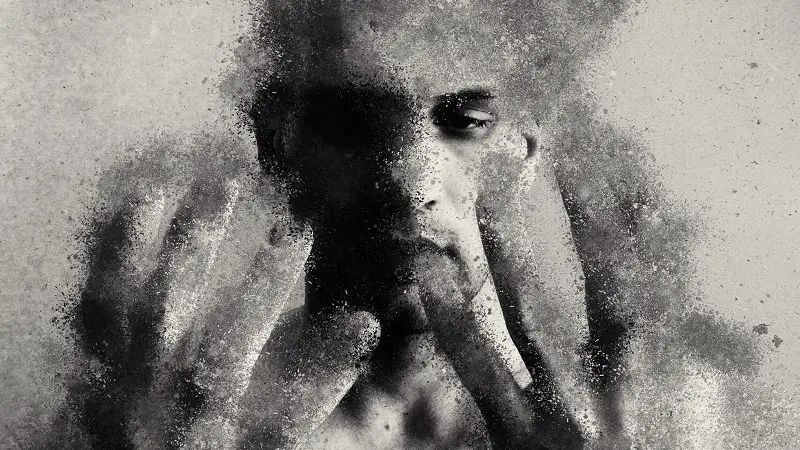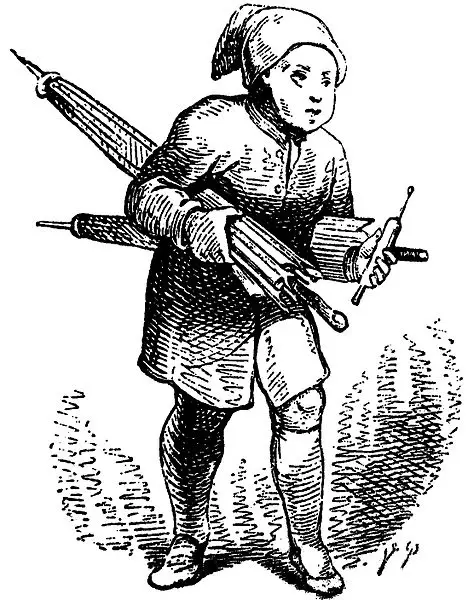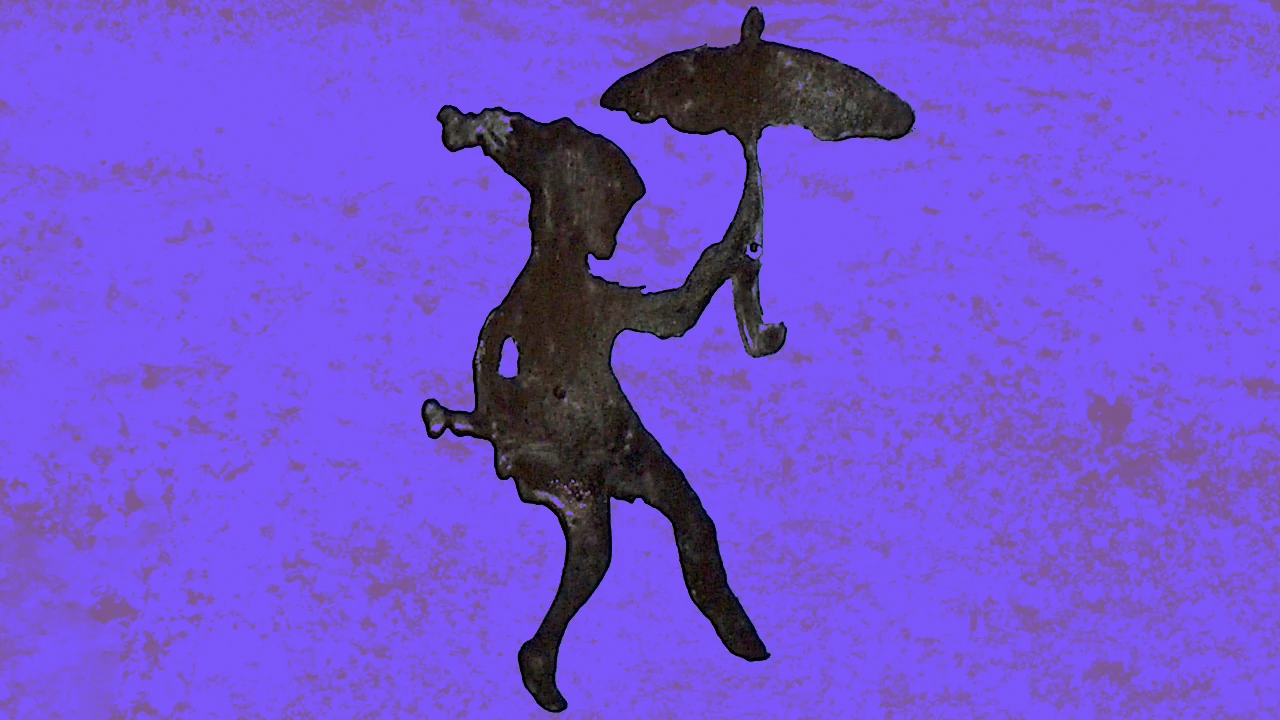Time has been kind to the Sandman, the mythical nightly visitor of children whose duty it is to lull them to sleep and provide them with sweet dreams.
No doubt most of us recall the Sandman of our collective childhoods as a gentle spirit guardian of sorts, but such a benevolent depiction is a far cry from his terrifying origins. Like the once tyrannical father who mellows with age to become an overly permissive and forgiving grandfather, the Sandman has softened a great deal throughout the centuries.
Most folklorists agree that the Sandman as a cultural construct can ultimately be traced to the ancient Greeks. Specifically, his legend borrowed from the Pantheistic god Morpheus, the lord of dreams, who emerged from the underworld each night to influence humans by means of prophetic nocturnal impressions.

In the imaginations of Northern and Central Europeans during the late 1700s, Morpheus was transformed into something more befitting the Christian dichotomy of good versus evil. Germans, in particular, saw the Sandman as a demonic figure whose mythos extended to a kind of nightly reckoning. Children who fell under his spell and promptly went to sleep were judged as "good" and "obedient."
But children who fought the effects of his magic dust risked a sentence of mutilation, a life of torturous nightmares or even death.
Folktales such as those involving the Sandman were considered "instructional," and — parenting being what it was at the time — relating these tales was as close to coddling as it got. Parents loved their children, of course, but in a practical sense children were also a valuable source of free labor that could mean the difference for a family's survival.

Ample rest was required to make it through the difficult workday, so it wasn't long before exhausted parents began relying on tales of the Sandman as an effective lever in manipulating difficult sleepers. Children who doubted the veracity of their parents' warnings need only check the corners of their eyes each morning to uncover gritty proof of his nocturnal visits.
Related: The morbid origins of our favorite lullabies
By 1816, German novelist E.T.A. Hoffman distilled these local folktales for his popular work The Sandman, solidifying the figure's terrifying depiction in a way that later fascinated Sigmund Freud. Hoffman writes of the Sandman:
He is a wicked man who comes to children when they won't go to bed and throws a handful of sand into their eyes, so that they start out bleeding from their heads. He puts their eyes in a bag and carries them to the moon to feed his own children, who sit in the nest up there. They have crooked beaks like owls and can pluck up the eyes of naughty human children.
"To me, the Sandman mirrors our ambivalence about children," says Maria Tatar, noted folklorist, Harvard professor and author of The Annotated Classic Fairy Tales, The Annotated Hans Christian Andersen and The Annotated Brothers Grimm. "On the one hand we love and adore them, but we really love them best when they're asleep."

As the folklore made its way from Germany to the Netherlands over the next quarter century, Danish storytellers did what amounted to a colossal favor for countless generations of children by dispensing with the Sandman's gruesomeness.
Chief among these eager revisionists was Hans Christian Andersen, the Danish children's author of morality tales that include The Little Mermaid, Thumbelina, and The Ugly Duckling. In his major retooling, published in Fairy Tales Told for Children (1842), Andersen realigned the Sandman closer to Morpheus, giving him a more congenial nature and even providing him with a name: Ole Lukøje (translation: "old shuteye").

Andersen, whose kinder, gentler Sandman was the version Dutch settlers ultimately brought to the New World, was the first author of note to connect sleeping with storytelling, says Tatar. His Sandman, she adds, drops the magic sand dust in favor of sweet milk, and his judgments result not in mutilation but simply in the withholding of dreams.
As Andersen further describes him:
Under each arm he carries an umbrella; one of them, with pictures on the inside, he spreads over the good children, and then they dream the most beautiful stories the whole night. But the other umbrella has no pictures, and this he holds over the naughty children so that they sleep heavily, and wake in the morning without having dreamed at all.
"Andersen had a profound influence on nineteenth century culture, which included the promotion of bedtime reading, especially with the rise of the domestic bourgeois household," notes Tatar.
Taken together, perhaps that's why Andersen's Sandman has remained the definitive version, influencing scores of artists, authors, songwriters and scriptwriters, for roughly 175 years. It is Anderson's Sandman that The Chordettes, a 1950s-era all-girl singing group, implore to "Bring me a dream/Make him the cutest I've ever seen" ("Mr. Sandman," 1954).
It's Anderson's Sandman who Roy Orbison reassures us to "Go to sleep, everything will be alright" ("In Dreams," 1963). And it's Anderson's decidedly nonthreatening Sandman that Disney Studios features as an unlikely hero ("Rise of the Guardians," 2012).
It has been said, however, that what's buried cannot remain so forever, and that may be true even for the mystical Sandman. If Metallica's hit rock anthem ("Enter Sandman," 1991) and graphic novelist Neil Gaiman's wildly popular Sandman series are any indication, future depictions of the legendary night visitor may move closer to his sublimely darker self.
"I will show you terror in a handful of dust," boasts Gaiman's grinning throwback Sandman. And if a bit of Hollywood magic for a planned film adaptation can strike similar terror in the hearts of adolescents, and perhaps carry over for a night or two after they slip underneath the bedcovers, the Sandman will have come full circle.



